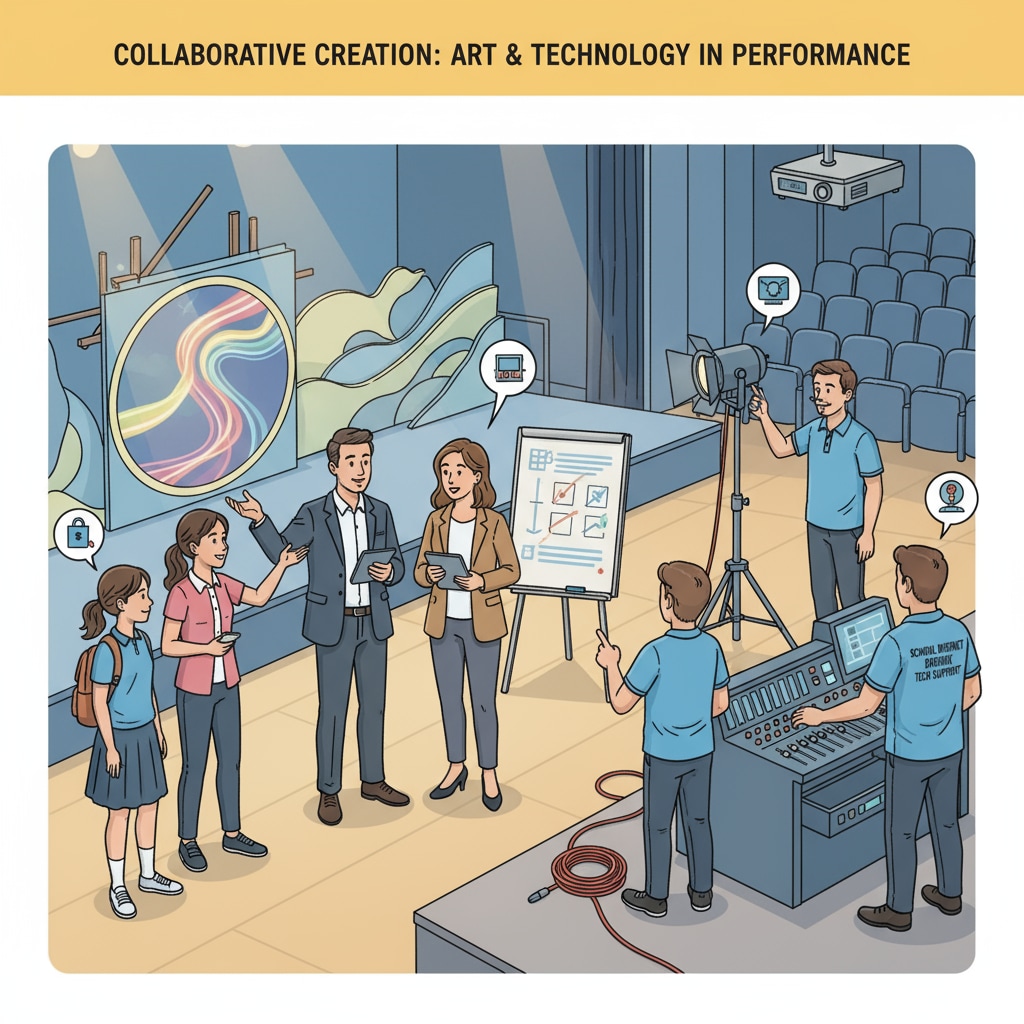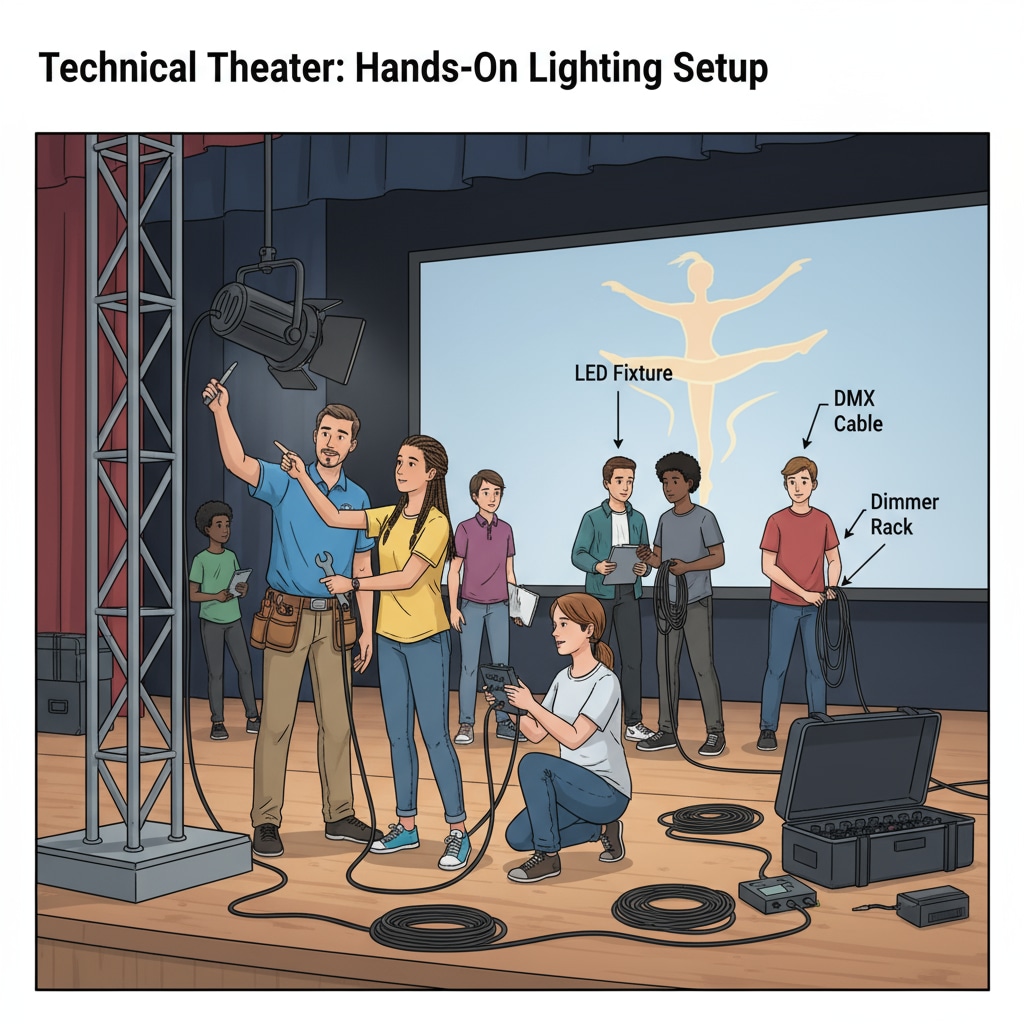Technology services, district support, and art performances are integral components in the realm of art education. In the context of K12 education, a particular professional team at the school district level, the “Production and Performance Technology Services Department,” is making significant contributions. This department is like the unsung hero behind the scenes, working to empower art education in profound ways.

The Operational Model of the Production and Performance Technology Services Department
The Production and Performance Technology Services Department operates in a multifaceted manner. Firstly, it provides technical training to art teachers. For example, they offer workshops on the latest digital art tools, lighting techniques for stage performances, and sound engineering basics. This enables teachers to incorporate modern technology into their art lessons, thus enriching the educational experience for students. In addition, the department collaborates directly with students during art projects. They assist in the planning and execution of school plays, art exhibitions, and music concerts. This hands-on involvement ensures that students can fully realize their creative visions. Arts Education Resources on ArtsEdSearch

The Value of District-Level Technical Support in Art Education
The support from the district-level technical team brings numerous benefits. It bridges the gap between traditional art education and modern technological advancements. By introducing state-of-the-art technology, students are exposed to a wider range of artistic possibilities. For instance, through digital art software, students can explore new forms of expression that were previously inaccessible. Moreover, the professional guidance from the technical team enhances the quality of art performances and exhibitions. This not only boosts students’ confidence but also encourages them to pursue art further. National Arts Education Association Resources
The future of the Production and Performance Technology Services Department looks promising. As technology continues to evolve, the department is likely to expand its services. For example, they may incorporate virtual reality and augmented reality into art education, creating immersive experiences for students. Additionally, they could collaborate with external art institutions to bring in more diverse perspectives and resources. This would further enrich the art education ecosystem within the school district.
Readability guidance: The article has used short paragraphs and lists to summarize key points. Each H2 section provides relevant details. The proportion of passive语态 and long sentences has been controlled, and transition words have been evenly added throughout the text to enhance readability.


